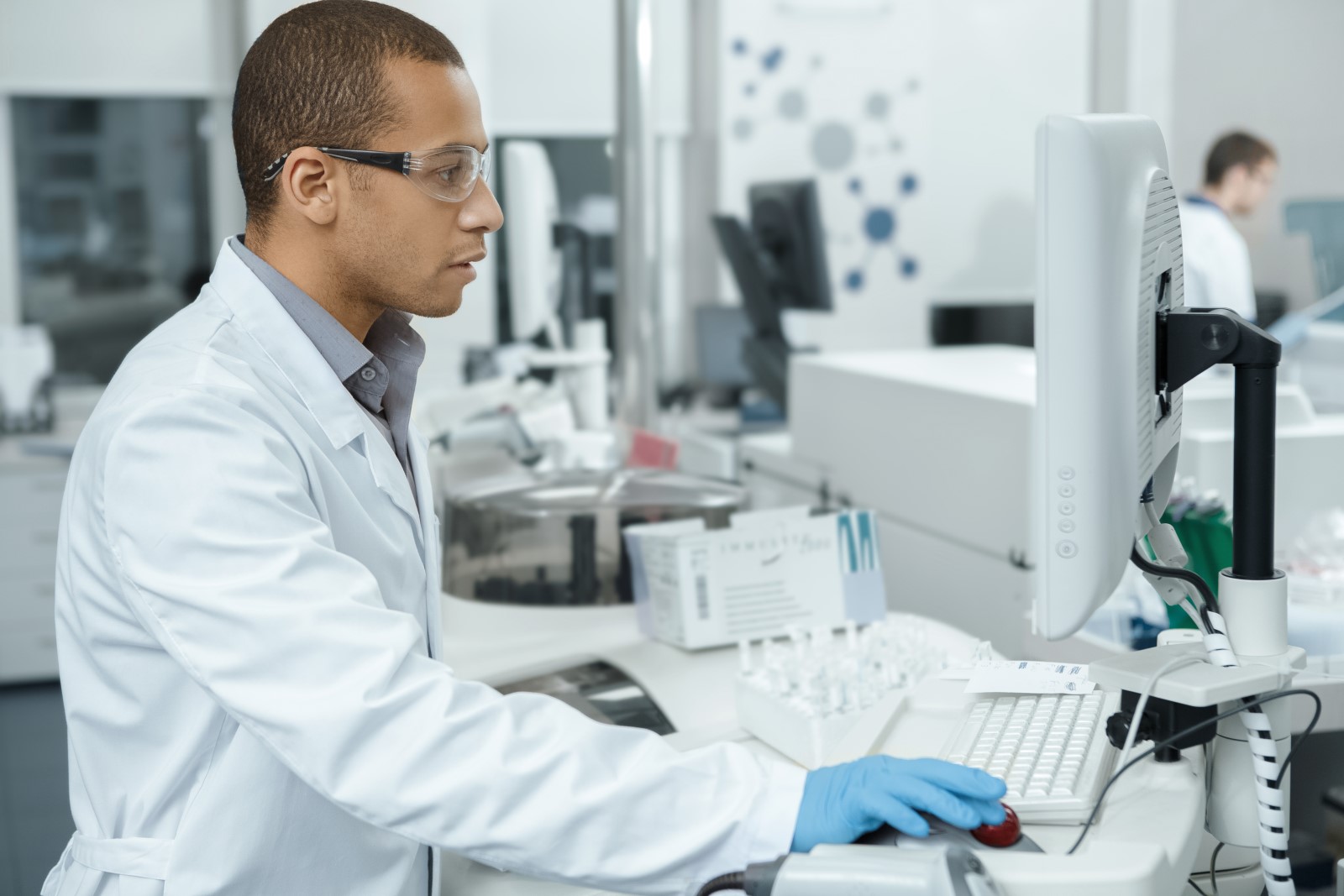
Laboratory syringe pumps distribute a precise amount of a liquid-like substance at a specific rate and time into another location using a syringe or multiple syringes. Syringe pumps only accommodate the testing of liquid-like substances and exclude gas-like substances.
Although they are sometimes confused with medical infusion pumps, laboratory syringe pumps are not approved for human use because they haven’t received FDA approval. They’re only used in research-based applications or industrial procedures.
Here are the main differences between the research syringe pumps and medical infusion pumps:
| Features | Medical Infusion Pump | Research Syringe Pump |
|---|---|---|
| Target use | In vivo | Basic science |
| Hazards | Frequently subject to U.S FDA recalls | No Special Hazards |
| Accuracy/precision of flow | Less need for high accuracy/precision, not necessarily pulseless flow | At least nanoliter accuracy/precision readily achieved, option for pulseless flow |
| Pressure or temperature cotrol | Occlusion only | Available |
Depending on the application's needs and the viscosity of the liquid-like substance, various types of syringe pumps and syringes work together to accommodate each application's objectives.
This type of pump offers the ability to infuse a certain amount of liquid contents into another location using a syringe. In other words, the syringe pump can only push out the contents of the syringe at a fixed rate and volume.
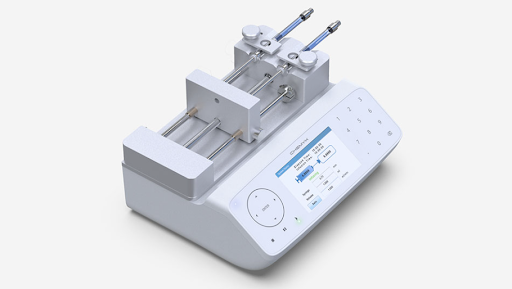
Fusion 100-X Infusion Syringe Pump
Offers the ability to infuse and withdraw a certain amount of liquid contents into another location using a syringe. In other words, the syringe pump can push the syringe’s contents out and pull it back into the syringe from another location at a certain rate and time.
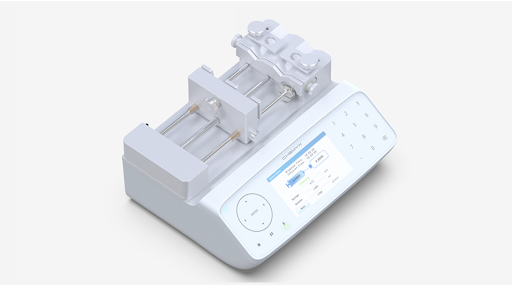
Fusion 200-X Infusion & Withdrawal Syringe Pump
This kind of pump has a very strong linear force and is ideal for applications under pressure. Accessories, such as heating sleeves, allow the user to heat the contents of the stainless steel syringe.
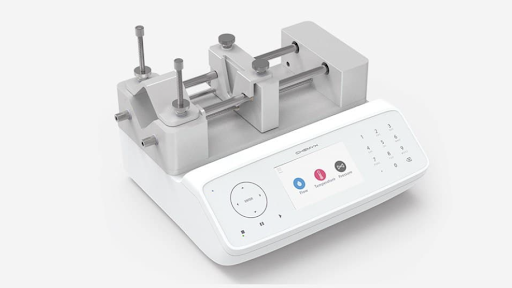
Fusion 6000-X High-Pressure Syringe Pump
There are two independent syringes on one platform. This allows the user to set a different volume and rate at two syringes of the two different channels on the same syringe pump. It allows users to run continuous flow at the pump.
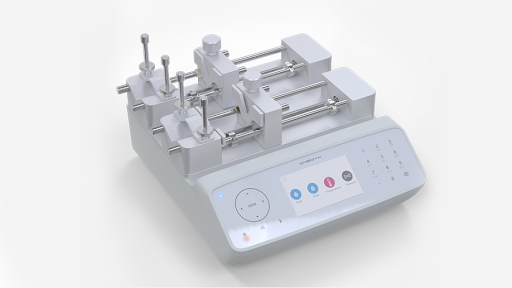
Fusion 4000-X Continuous Flow Independent Channels Syringe Pump
Laboratory syringes come in many different configurations, such as:
It’s important to pay attention to the exact type of syringe—as some of them are only meant for a very specific application. For example, if your laboratory requires an ultra-sterile delivery method, a standard 3-part syringe could introduce foreign materials such as silicon oil into the process.
There are several different types of laboratory syringes on the market:
As its name suggests, a 3-part syringe contains three different parts—the barrel, the plunger, and a rubber gasket. Silicon oil or other lubricants are used to prevent the rubber from sticking to the interior of the barrel and provide a smooth gliding motion. The downside is that this lubricant could act as a potential contaminant in a mandatory sterile environment.
2-part syringes consist of just the barrel and the plunger—no lubricants or other materials are added that could interfere with the results. Alternatively known as Norm-Ject® or Henke-Ject®, these syringes offer an ultra-pure environment for applications that require extreme precision.
Leur is a type of fitting that prevents the leakage of fluids from syringes. Luer-Lock requires the needle to be inserted onto the syringe and then twisted slightly to lock it and prevent the escape of fluids. Luer-Slip simply requires the user to push the needle onto the syringe.
These two types of syringes are less expensive than glass but more expensive than polypropylene. Benefits include:
Pre-fill syringes are commonly used for specific applications and custom projects. They often have very long lead times for the first order, and finding a reliable supplier can be challenging in the best of times. These syringes are best suited for applications where a liquid will need to stay inside the syringe for a long time.
These syringes are made out of an impact modified styrene acrylic copolymer. They offer ease of processing, low density, and are extremely durable. Zylar syringes are gamma and ETO sterilizable and are ideal for injection molded applications.
To learn more about the right syringe size for your laboratory syringe pump, please visit Syringes Size Chart For Chemyx Syringe Pumps.
When it comes to buying your syringes, you can buy plastic syringes and glass syringes from Air-Tight Products and stainless steel syringes from our partner, Chemyx. Most Air-Tite options are also available through a wide range of national distribution partners. Please contact us for cross-reference information.
Best Syringes for Laboratory Use [Buying Guide]
This piece was co-written by the Chemyx and Air-Tite team.